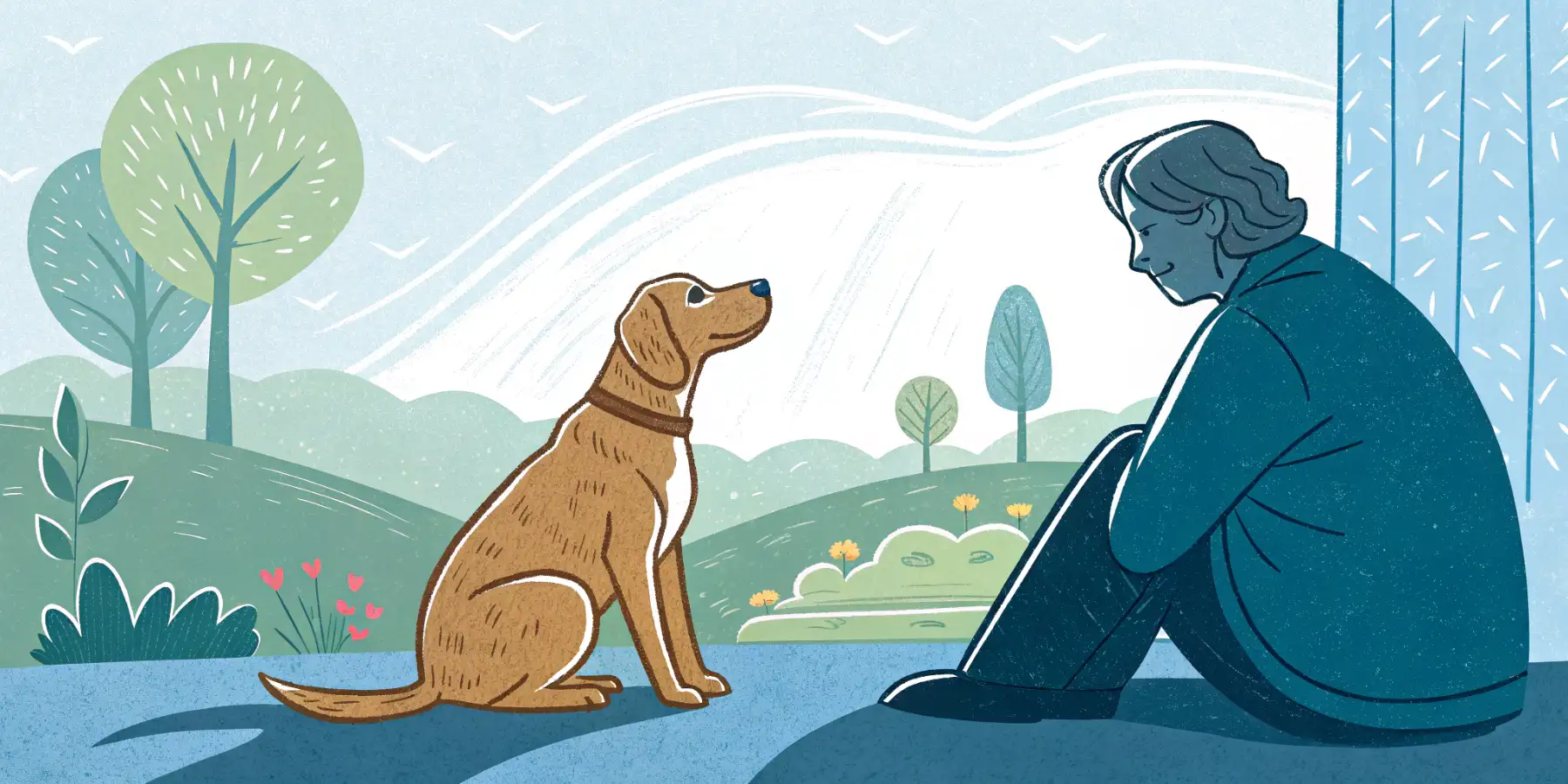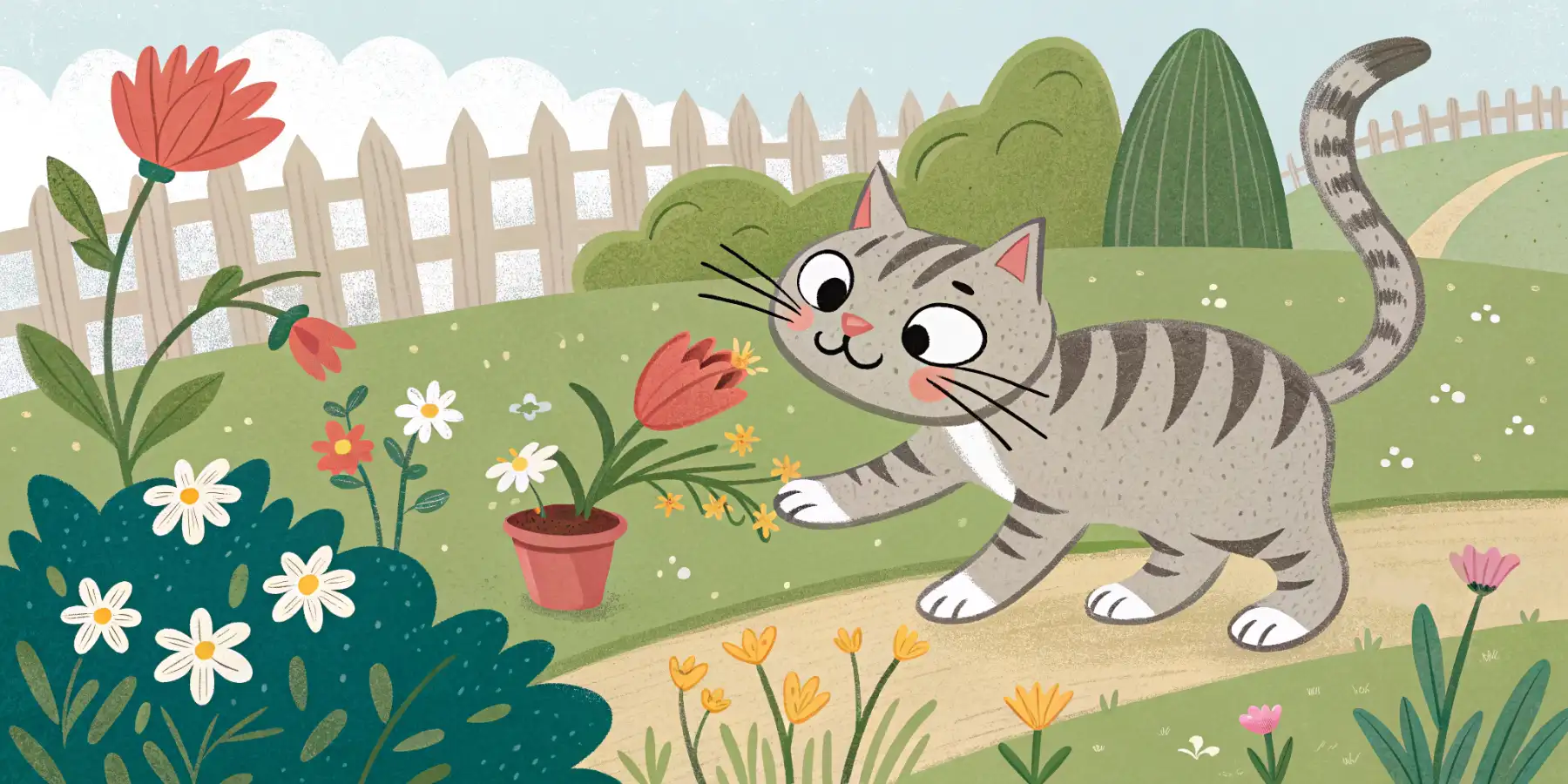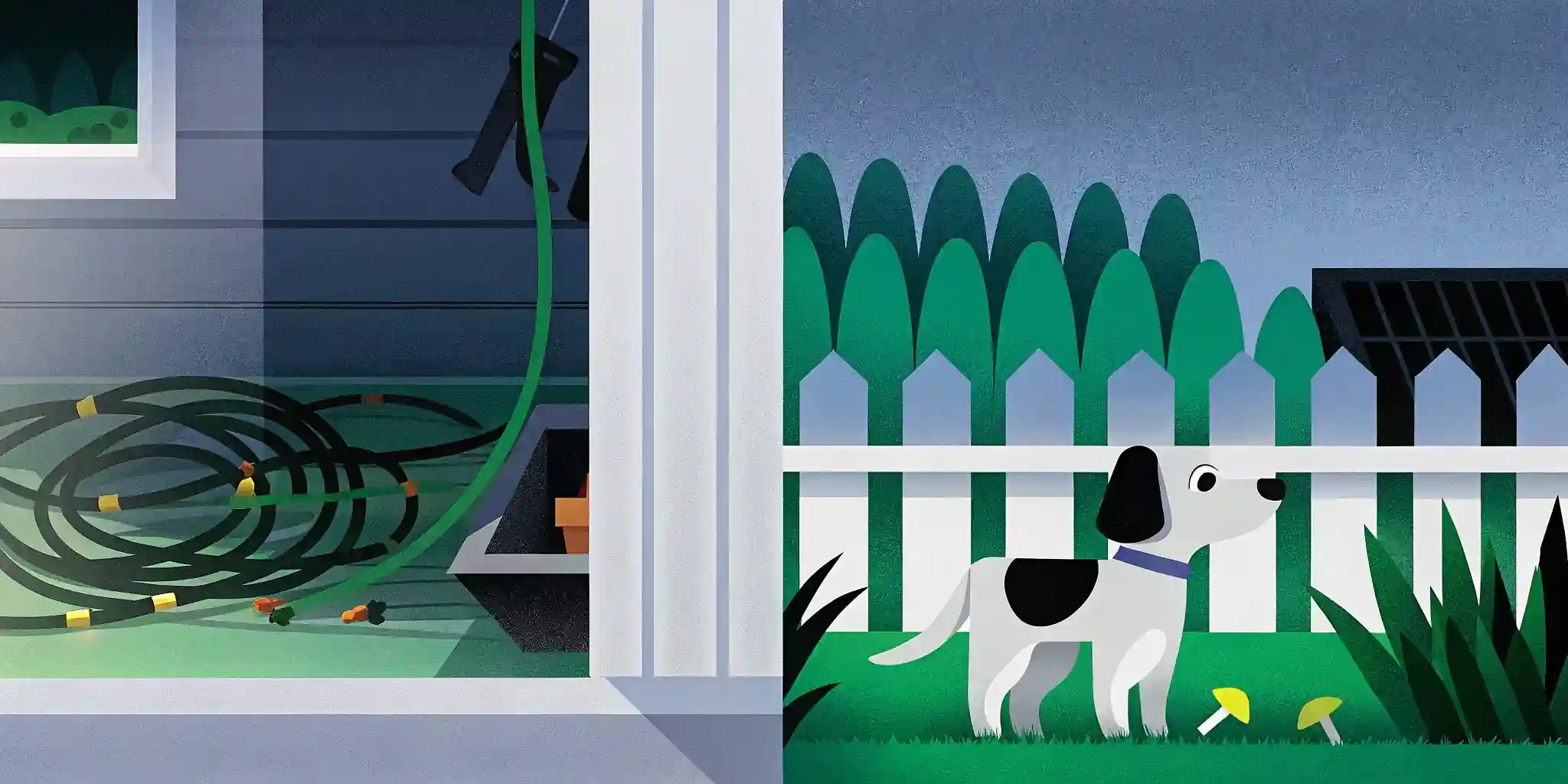
Puppy Proofing 101: Safe Home, Happy Pup
New puppy? 🐾 Learn essential **puppy proofing** tips to keep your furry friend safe at home! Avoid hazards & create a happy, healthy space.
Puppy Proofing Your Home and Yard: Identifying and Removing Hazards
Bringing a new puppy home is a joyous occasion! Those tiny paws, wet noses, and boundless energy fill our lives with so much love. However, that adorable bundle of fluff is also a miniature explorer, a chewing machine, and a magnet for trouble! Before you bring your new best friend home, it’s absolutely essential to puppy proof your home and yard to ensure their safety and your peace of mind.
Think of it from your puppy’s perspective: everything is new and exciting, and they explore primarily with their mouths. This means anything within reach is fair game for a nibble, a chew, or even a full-blown ingestion. We want to prevent costly vet bills and, more importantly, keep your puppy safe and healthy.
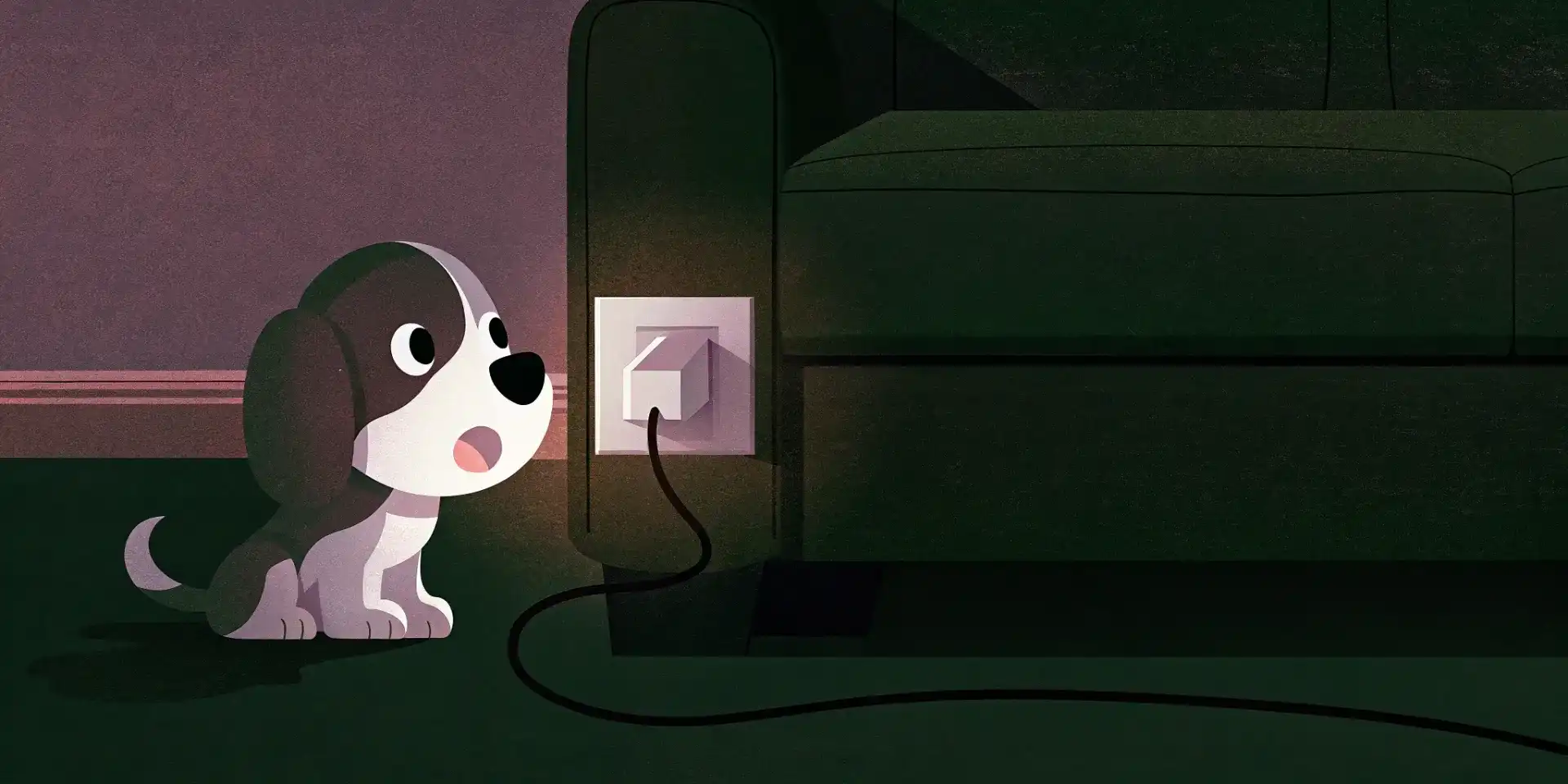 A curious puppy investigates a potentially dangerous power outlet, highlighting the need for electrical safety measures.
A curious puppy investigates a potentially dangerous power outlet, highlighting the need for electrical safety measures.
Inside the House: A Zone of Safety
Our homes, while comforting to us, are often filled with hidden dangers for a curious puppy. Let’s break down the areas you need to focus on:
-
Electrical Cords and Outlets: These are a major hazard. Puppies love to chew, and electrical cords are just too tempting. Tuck cords away, use cord protectors, or unplug appliances when not in use. Cover electrical outlets with childproof caps. Preventing electrical shock in puppies is paramount.
-
Medications and Cleaning Supplies: Keep all medications (human and pet!), cleaning supplies, and chemicals securely locked away, preferably in a high cabinet or a locked storage container. Even seemingly innocuous items like dishwasher detergent pods can be deadly if ingested. In my experience, puppies are incredibly resourceful at finding things, so over-caution is best here.
-
Toxic Plants: Many common houseplants are poisonous to dogs. Research which plants are safe and which are not. Move toxic plants to a location your puppy cannot access, or consider gifting them to a friend. Some common culprits include lilies, azaleas, and daffodils. Identifying poisonous plants for puppies is a crucial step in puppy proofing.
-
Small Objects: Think about things like coins, buttons, paper clips, rubber bands, and even small toys. These can be easily swallowed and cause choking or intestinal blockages, potentially requiring surgery. Regularly check floors and furniture for these items.
-
Human Food: Keep human food out of reach. Chocolate, grapes, onions, garlic, and avocados are just a few examples of foods that are toxic to dogs. Also, be aware of foods high in fat or salt, as these can cause digestive upset.
-
Furniture: Puppies are notorious for chewing furniture. Provide plenty of appropriate chew toys to redirect their attention. You can also use furniture protectors or sprays designed to deter chewing. Consider putting away delicate or valuable items until your puppy learns the rules.
-
Trash Cans: These are treasure troves for a puppy! Use trash cans with secure lids or keep them in a cupboard or pantry that your puppy can’t access.
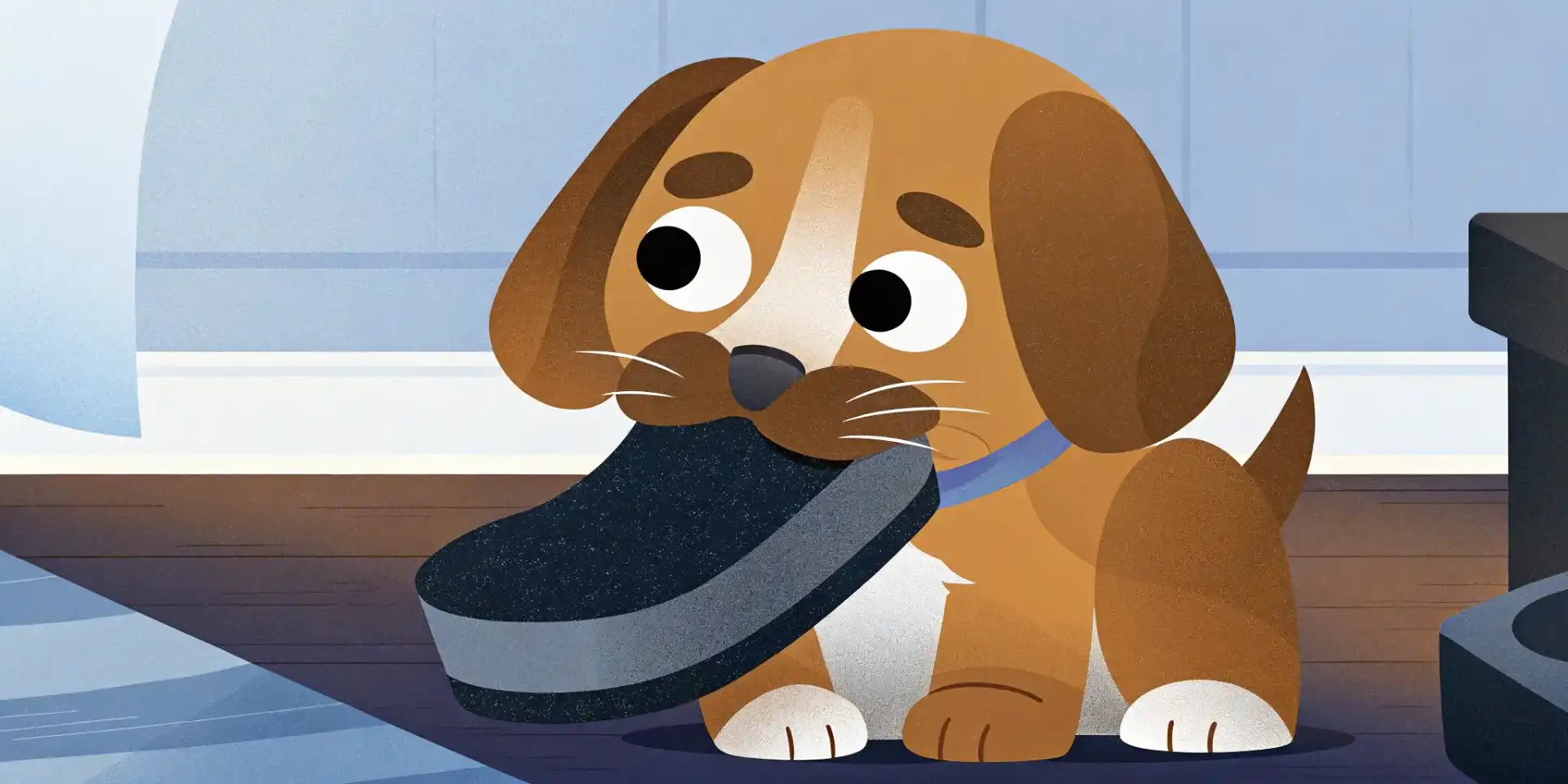 A puppy happily gnaws on a slipper, illustrating the importance of providing appropriate chew toys and keeping dangerous items out of reach.
A puppy happily gnaws on a slipper, illustrating the importance of providing appropriate chew toys and keeping dangerous items out of reach.
Outdoor Oasis: A Safe and Secure Yard
Your yard can be just as dangerous as your house if it’s not properly puppy-proofed.
-
Fencing: A secure fence is essential to keep your puppy safely contained. Make sure the fence is high enough that your puppy can’t jump over it, and that there are no gaps or holes they can squeeze through. Even a small gap can be an escape route for a determined puppy.
-
Toxic Plants and Garden Products: Just like indoors, many outdoor plants are poisonous to dogs. Research which plants in your yard are safe and which are not. Also, be extremely careful with fertilizers, pesticides, and herbicides. Store these products securely and follow all label instructions carefully. Consider organic alternatives that are safer for pets. Ensuring a non-toxic garden for puppies is a responsible step for pet owners.
-
Standing Water: Puddles, ponds, and even bird baths can be breeding grounds for bacteria and parasites. Discourage your puppy from drinking standing water. If you have a pond, ensure it’s properly fenced off or supervised when your puppy is nearby.
-
Sharp Objects and Tools: Pick up any sharp objects, such as gardening tools, nails, or broken glass. These can cause serious injuries to your puppy’s paws or mouth.
-
Pool Safety: If you have a pool, make sure your puppy knows how to get out. Supervise your puppy closely around the pool, and consider investing in a pool safety fence or alarm. Many dogs love to swim, but puppies can tire easily and drown.
-
Compost Piles: Compost piles can contain harmful bacteria and fungi. Keep your puppy away from compost piles, and ensure they are properly contained.
-
Garage and Shed: Garages and sheds often contain hazardous chemicals, tools, and other potentially dangerous items. Keep these areas locked and out of your puppy’s reach. I believe that garages are one of the most overlooked danger zones for pets.
 A happy puppy frolics in a securely fenced backyard, emphasizing the importance of a safe and enclosed outdoor space.
A happy puppy frolics in a securely fenced backyard, emphasizing the importance of a safe and enclosed outdoor space.
Ongoing Vigilance: A Constant Commitment
Puppy proofing isn’t a one-time task; it’s an ongoing commitment. As your puppy grows and develops, their abilities and interests will change. You’ll need to continually assess your home and yard for potential hazards. Maintaining a safe environment for a growing puppy requires constant vigilance.
-
Regular Inspections: Conduct regular inspections of your home and yard to identify any new or overlooked hazards.
-
Adapt as Your Puppy Grows: As your puppy gets bigger, they’ll be able to reach higher surfaces and jump over lower obstacles. Adjust your puppy-proofing measures accordingly.
-
Supervision is Key: Even with the most thorough puppy-proofing, supervision is essential. Never leave your puppy unsupervised for extended periods, especially in the early days.
Bringing a puppy into your home is a wonderful experience. By taking the time to puppy-proof your home and yard, you can create a safe and loving environment for your new furry friend and enjoy many years of happy companionship. Remember, prevention is always better than cure!
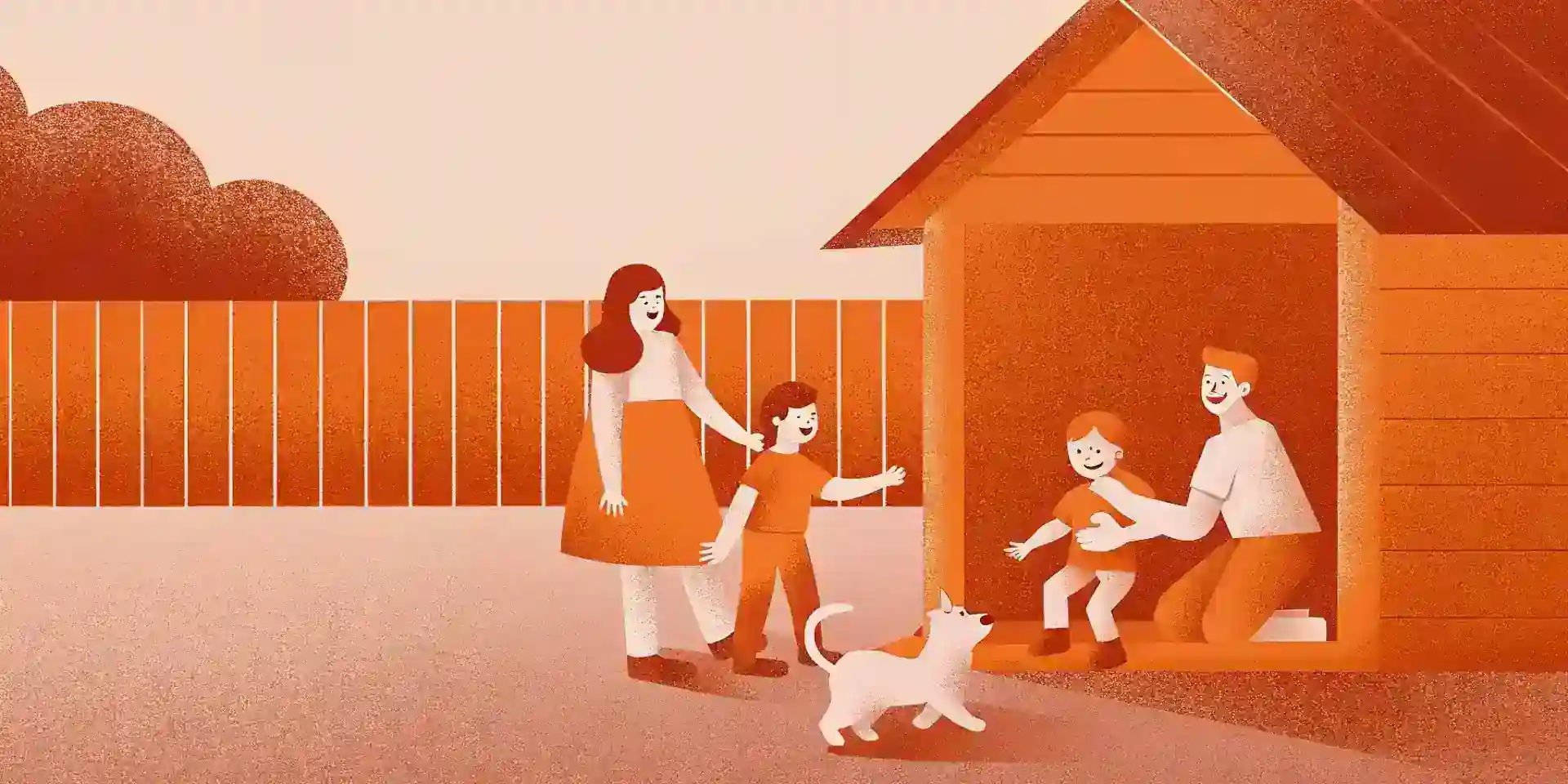 A happy family enjoys time with their puppy in a safe, puppy-proofed home, illustrating the rewards of a secure environment.
A happy family enjoys time with their puppy in a safe, puppy-proofed home, illustrating the rewards of a secure environment.

